ABB motors and generators help push ships into the intelligent era
In recent years, with the rapid development of the global economy, the shipbuilding industry has also ushered in new development opportunities. Among them, ship transportation plays an increasingly important role in international trade and logistics transportation. With the continuous expansion of China’s shipping scale, the requirements for efficient and reliable ship power equipment are also increasing. However, the shipbuilding industry is also facing many challenges, with increasingly strict environmental requirements and an urgent trend towards intelligent development of ships.
The sustainable and intelligent development of the shipbuilding industry is closely related to the efficiency of ship operation, and ensuring the smooth operation of ships requires the motor to always maintain stability, reliability, safety, and efficiency.
Therefore, it has become an urgent task for shipbuilding enterprises to reduce operating costs and improve ship performance. With the increasing awareness of environmental protection, how to improve the efficiency of ship operation to reduce its impact on the environment has become a hot topic of concern in the shipping industry.
How can ABB motors and generators help the shipbuilding industry create an energy-saving future during this critical period of energy conservation and efficiency enhancement?
ABB Motors and Generators is a leading global manufacturer of motors and generators with over 130 years of industry experience. ABB Motors and Generators is committed to providing efficient, reliable, and intelligent motor and generator solutions for the shipbuilding industry.
In terms of energy conservation, the innovative products and solutions provided by ABB motors and generators can help the shipbuilding industry improve energy efficiency and reduce operating costs. For example, ABB’s ultra efficient motors can increase energy efficiency to 99.5%, saving 30% energy compared to traditional motors. In addition, ABB also provides intelligent motor control systems that can help ships achieve precise speed regulation and load control, further improving energy efficiency.
In terms of environmental protection, the green motors and generators provided by ABB motors and generators can help the shipbuilding industry reduce its impact on the environment. For example, ABB’s low-carbon generators can reduce NOx emissions by 90% and PM emissions by 95%. In addition, ABB also provides renewable energy solutions that can help the shipbuilding industry achieve zero emission operations.
In terms of intelligence, ABB motors and generators provide intelligent motors and generators that can help ships achieve more efficient, safer, and more reliable operation. For example, ABB’s intelligent motors can monitor the motor’s operating status in real time through sensors and data analysis, timely warn of faults, and improve the motor’s service life. In addition, ABB also provides intelligent power system solutions for ships, which can help ships achieve more flexible and reliable power supply.
In summary, ABB motors and generators provide innovative products and solutions for the shipbuilding industry in terms of energy conservation, environmental protection, and intelligence, which can help the industry create an energy-saving future.

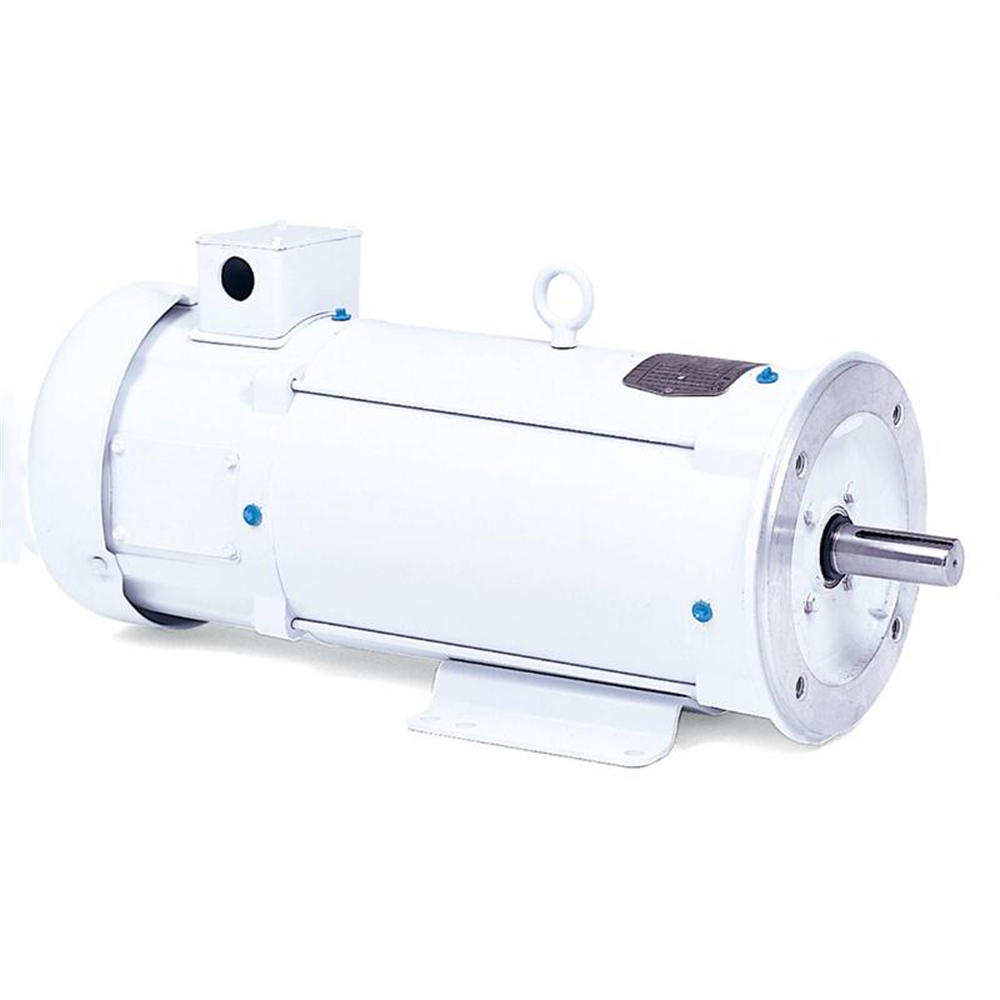
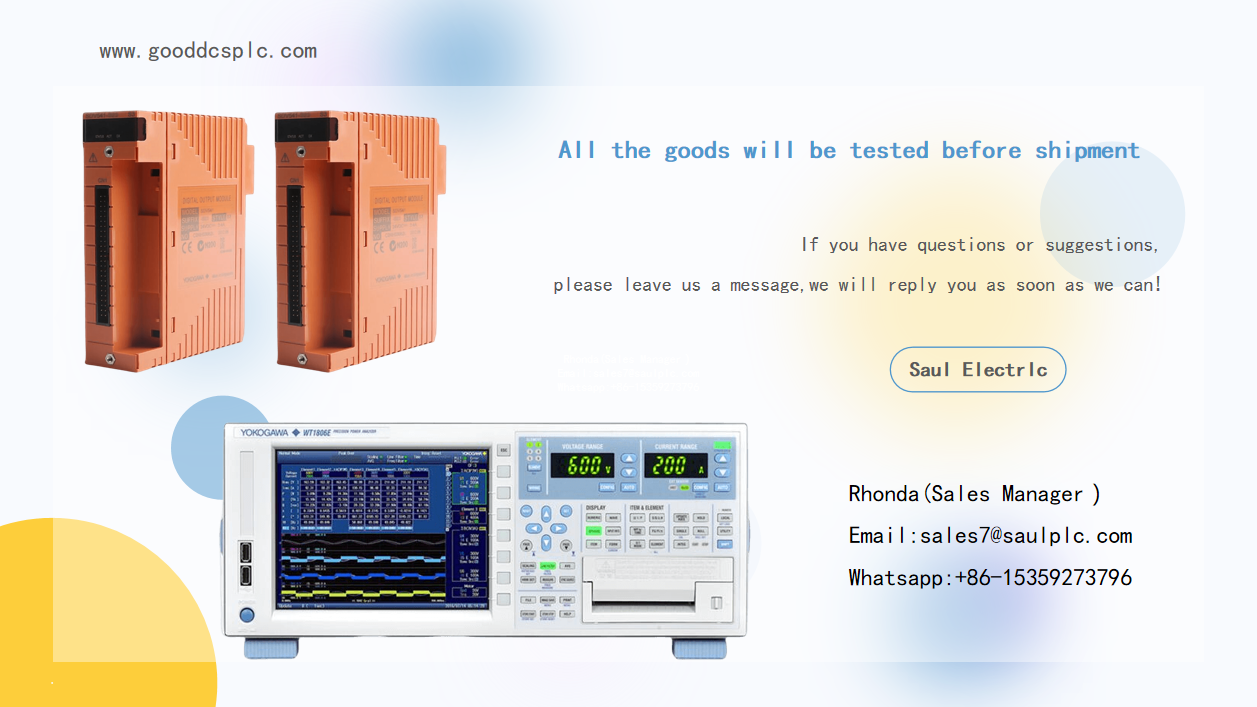


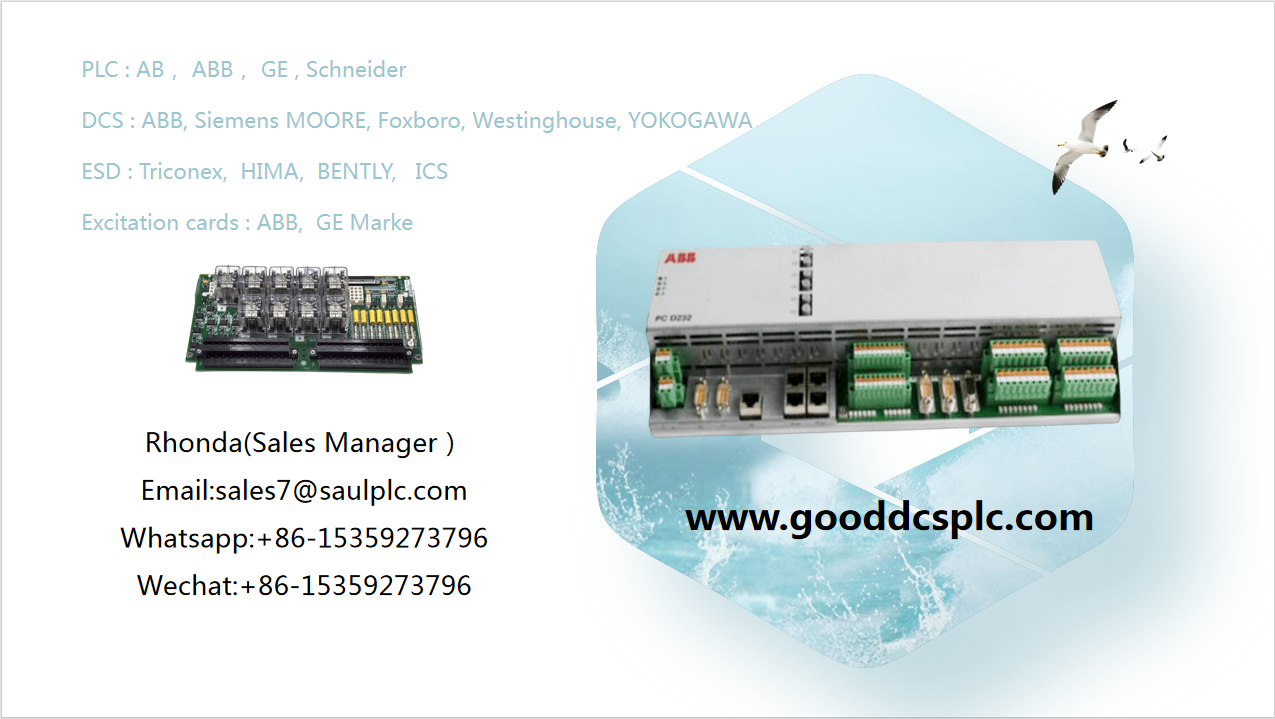
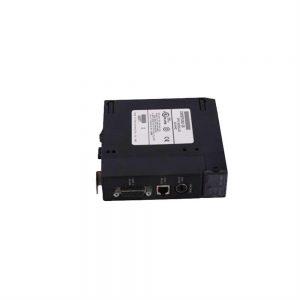
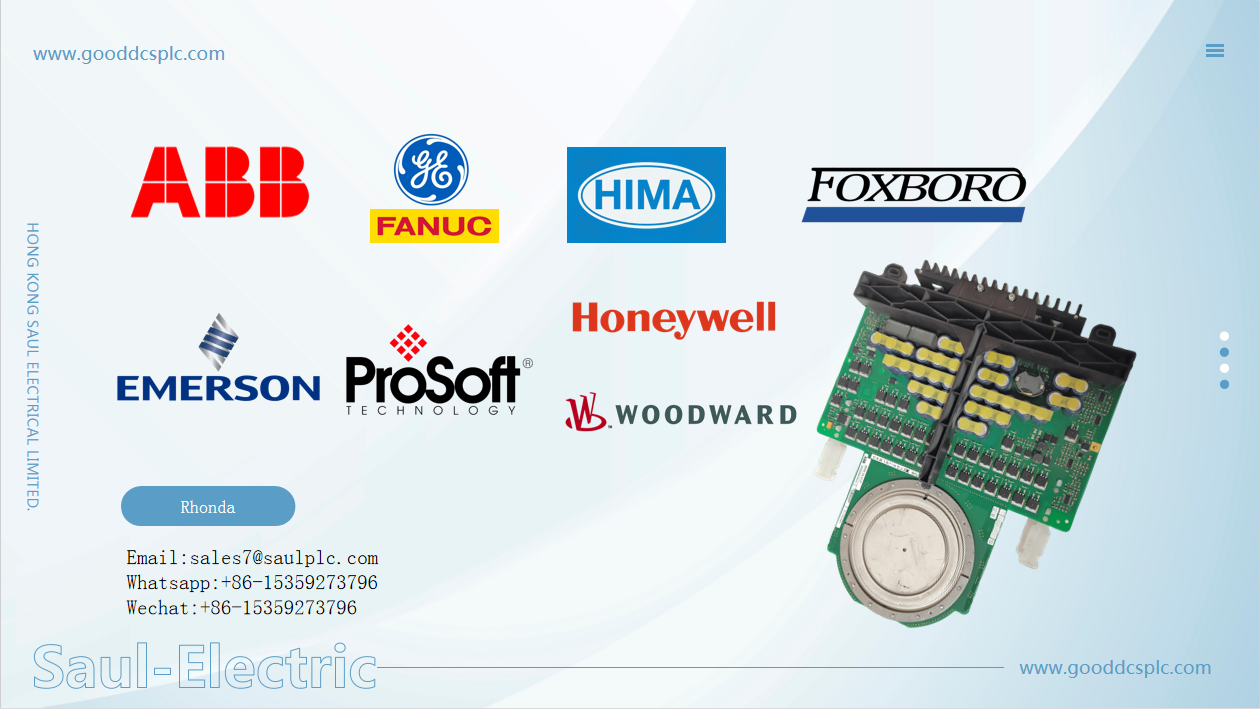
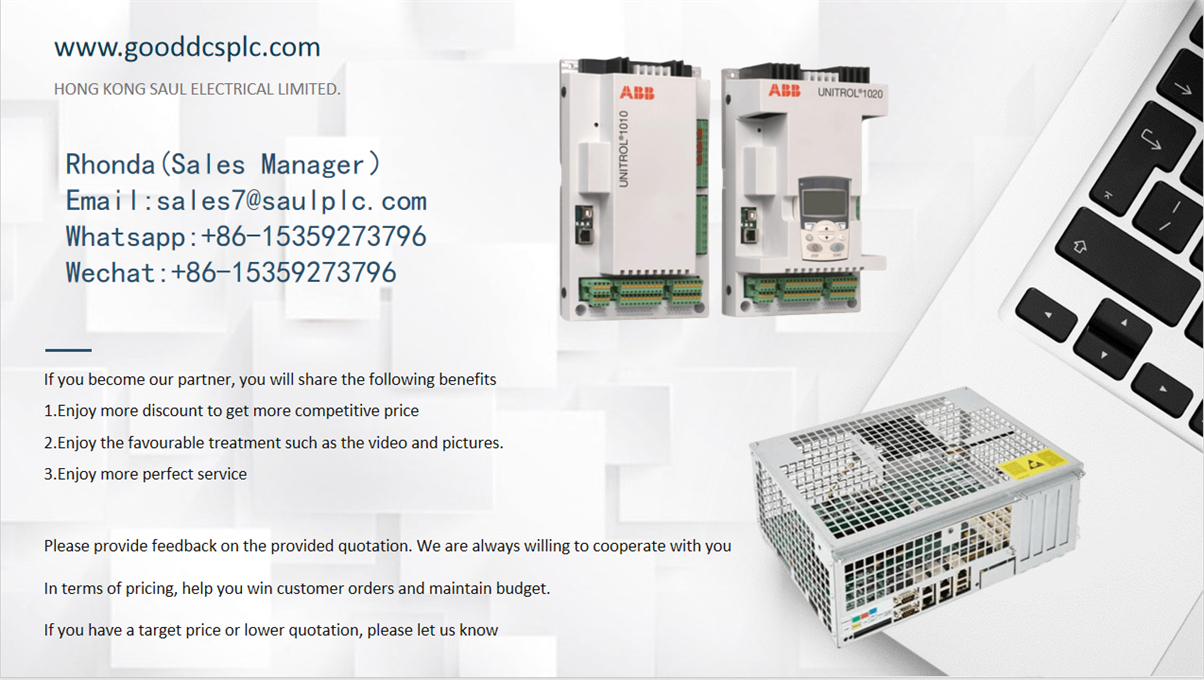
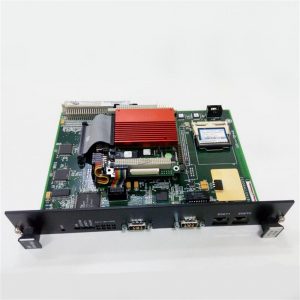

.png)